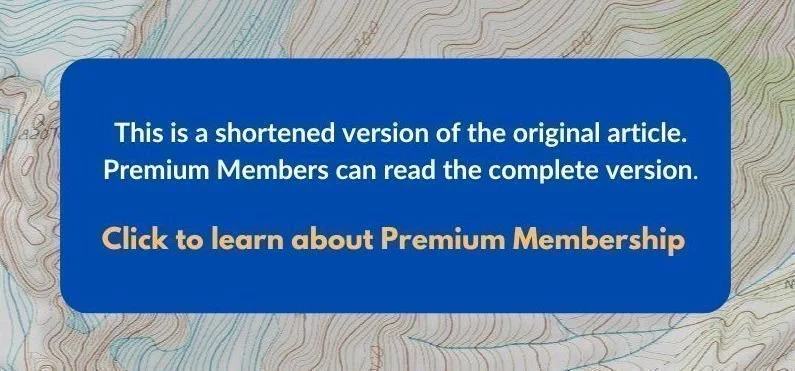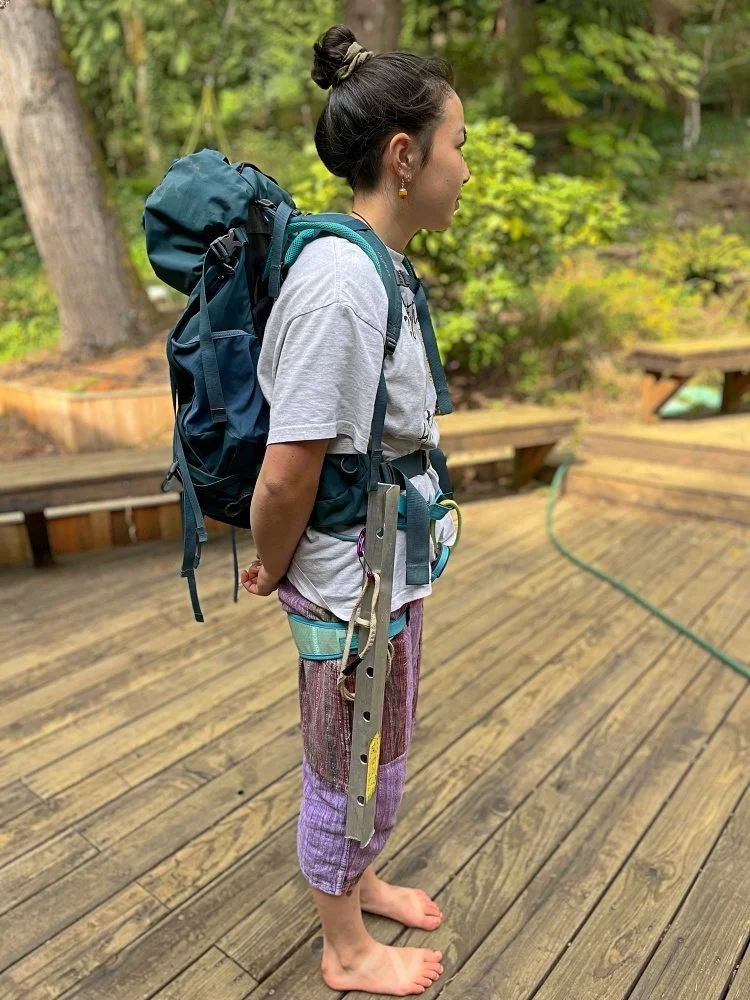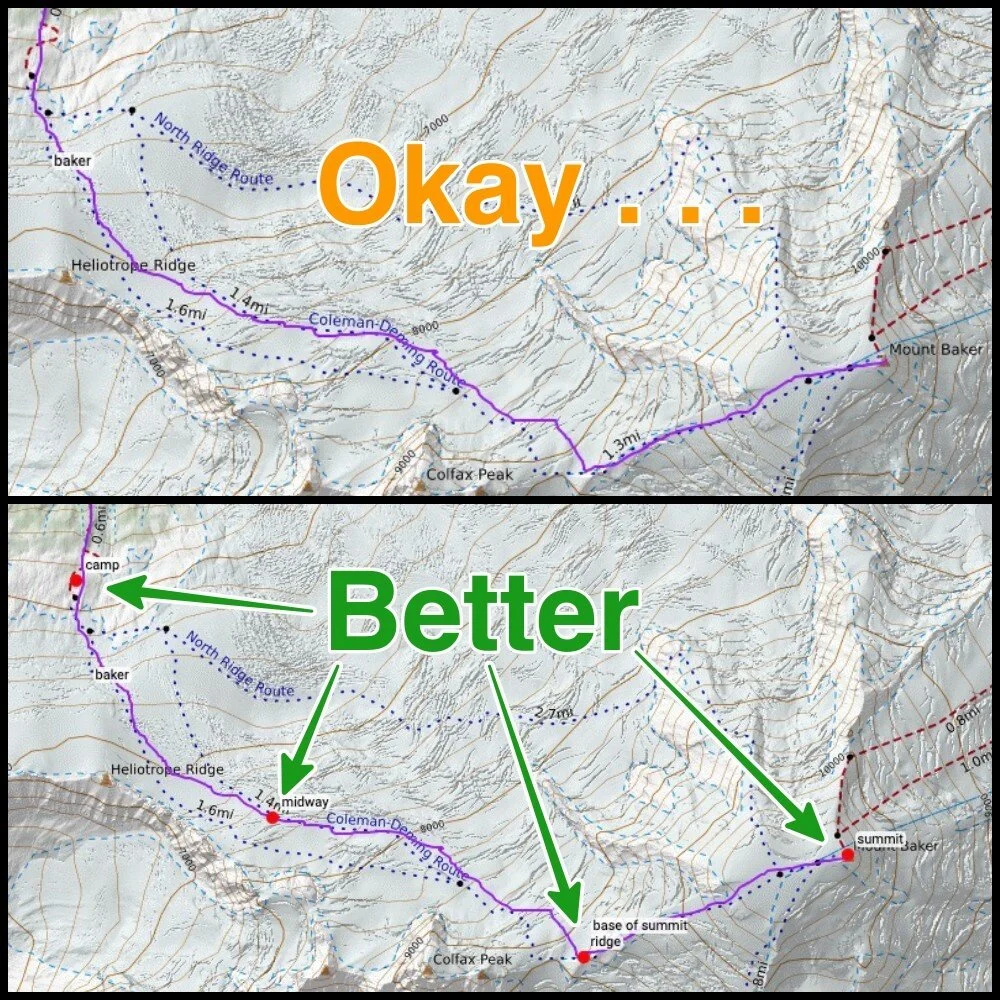Climbing Tips: Do THIS, not THAT (Part 7)
Premium Members can read the entire article here:
In this article:
Mechanical advantage hauling: where to put the pulley?
How to (and how not to) rack pickets
GPS tracks: better with waypoints
Big wall anchors: use “links”
Pulling a rappel rope: step back from the cliff
1 - Mechanical advantage hauling: where to put the pulley?
I only have one pulley. Where should I put it to get the most efficient pull?
Excellent question! We often have to improvise with limited equipment, and the location of the pulley can make a difference in the efficiency of your hauling system.
You should use your “good” pulley on the position that’s closest to your pulling force (a.k.a, your hands).
A simple explanation, in the words of rigging expert Richard Delaney: "...the best place is closest to where the effort is applied, as this preserves maximum effort moving into the system rather than wasting it at the first bend."
Or, to say it another way, any inefficiency at the first pulley is compounded throughout the system, so you want your most efficient pulley closest to the pulling force (that’s you).
A lot of folks think the pulley always should go on the moving part of the load to gain easiest pull, but this is not always true. Below, in the 2:1 with a redirect, the pulley should go on the anchor (tree). Again, it’s because the anchor is closest to where you’re actually pulling on the rope.
2 - How to (and how not to) rack pickets
What beginning snow climber has not cursed the clanking cowbells and the strangle, tangle and dangle of pickets, hanging from ill-placed runners around your neck and shoulder, threatening to trip you up at each step!
Here’s a better way to rack pickets. You can carry 6 pickets like this, with them (more or less) out of the way yet still easily accessible.
Think of this method as the least of all evils. Pickets are still a drag to carry, no matter how you do it, but this way sucks the least.
Assuming a mid clipped picket, girth hitch a sling to the middle hole. (Yes, this is plenty strong, about 11 kN. I tested it.
Wrap the sling around the picket and then clip a carabiner to the hole next to the middle one.
Now, clip that carabiner to your harness gear loop or to your backpack strap. The picket should hang down vertically, pretty much out of your way.
Finally, this is what you don't wanna look like. Pretty self-explanatory and unfortunately very common for climbers.
(I know this well because that's about what I looked like on a few of my early trips, when I was at the back of the rope team cleaning all the gear. =^)
A GPS track file can be a great help in the backcountry to help you stay on route. What’s even better? A track file with waypoints added.
Why? Because a GPS device (usually a phone app like CalTopo) can tell you distance and bearing between waypoints. This lets you break your trip down into a series of segments from one waypoint to another.
Use the “Guide Me” (or similar) function on your GPS to see the distance and bearing to the next waypoint. Then, set that bearing on your compass (if needed) to get you started in the right direction, put your phone in your pocket to help save battery, and shift your attention “heads up” to the landscape around you, and away from your screen.
Compare this with a track without waypoints. Here, you don't have any distance and bearing between points, just a line on your screen. In more complicated terrain, or with low visibility, you may need to check your GPS every few minutes to see that you haven’t wandered too far left or right from the track. This runs down your battery, leads to “heads down” travel, and decreases your situational awareness by shifting your focus to your screen, and not the terrain.
What's one of the simplest things you can do to minimize a frustrating (and maybe dangerous) cluster at a big wall anchor?
When you're pulling your rappel rope, why is it often helpful to stand farther away from the cliff?









